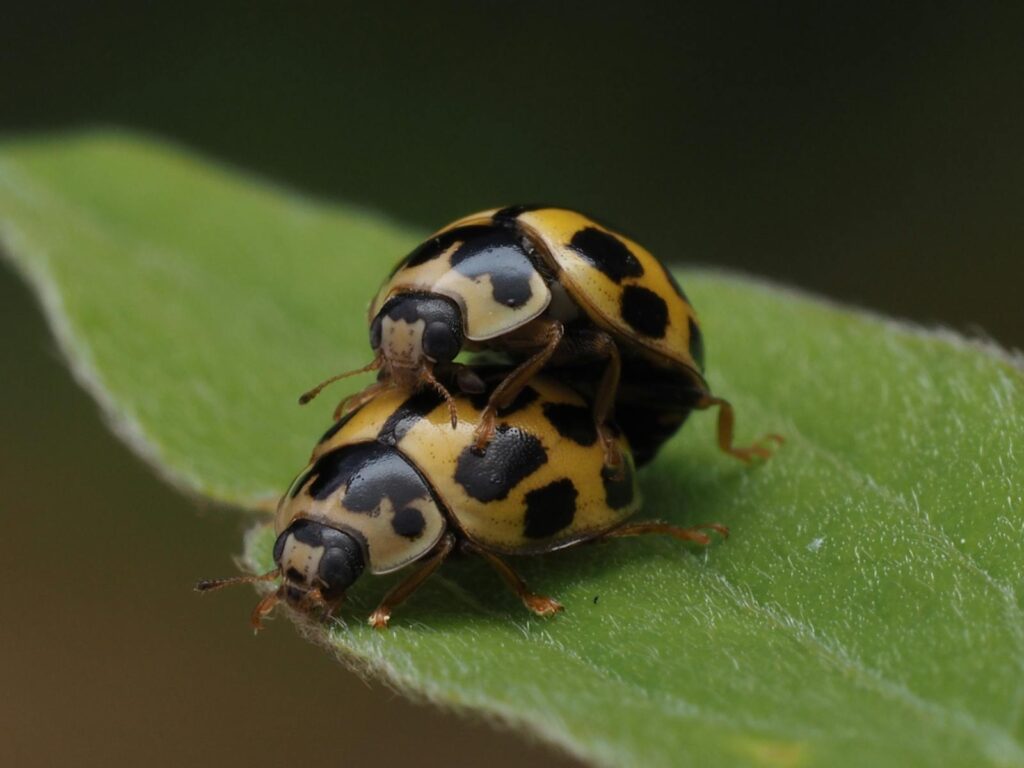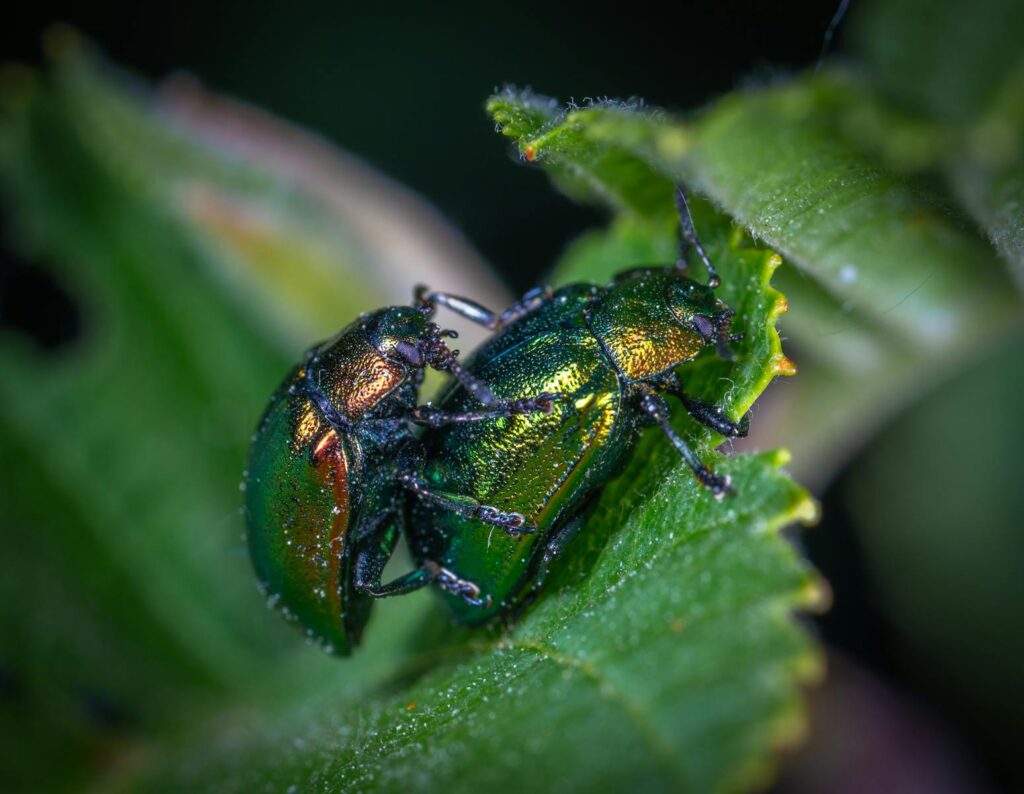
In the vast tapestry of life on Earth, no aspect of animal behavior is as diverse, bizarre, and occasionally disturbing as the mating rituals of insects. These tiny creatures, which make up the majority of animal life on our planet, have evolved some of the most extraordinary reproductive strategies imaginable. From deadly sexual cannibalism, hypnotic dances, and explosive genitalia, to bizarre gift-giving, the insect world’s approach to procreation defies human notions of romance. These evolutionary adaptations serve critical purposes—ensuring genetic fitness, species continuation, and reproductive success—but to human observers, they often appear as nature’s strangest spectacles. Join us as we explore some of the most peculiar bug mating behaviors on Earth, revealing how these miniature creatures have turned reproduction into an art form that is equal parts fascinating and bizarre.
Praying Mantis: The Ultimate Sacrifice
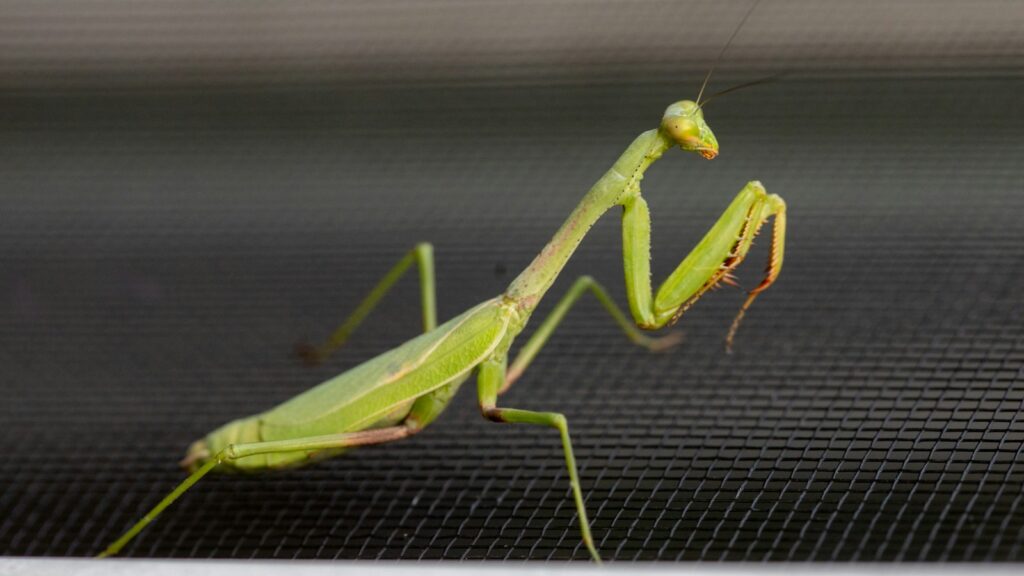
The praying mantis has perhaps the most notorious mating ritual in the insect kingdom, famous for the female’s tendency to decapitate and consume her mate during or after copulation. This macabre behavior serves an evolutionary purpose: the headless male’s body can continue mating with increased vigor while providing nutritional resources for the female’s egg production. Research suggests that sexual cannibalism occurs in approximately 25% of natural mantis mating, though the rate increases significantly when the females are hungry. Male mantises aren’t completely helpless in this deadly game—they’ve evolved specialized approaches, including stealthy movements, distracting the female with gifts, or choosing well-fed partners to increase their chances of surviving the encounter.
Fireflies: Synchronized Light Shows of Love

Fireflies transform summer evenings into magical light displays that are sophisticated insect dating services. Male fireflies of certain species, particularly in Southeast Asia, have evolved the remarkable ability to synchronize their flashing patterns, creating mesmerizing waves of light that sweep through forests. Each species has a unique flash pattern—a specific rhythm and duration—that allows females to identify compatible mates among thousands of twinkling suitors. The female responds with her species-specific flash if interested, initiating a flash dialogue that guides the male to her location. Some devious female fireflies, however, have evolved to mimic the flash patterns of different species, luring males close only to make them their next meal in a deadly case of evolutionary deception.
Bed Bugs: Traumatic Insemination

Bed bugs practice one of the most brutal mating rituals in nature, known as “traumatic insemination.” The male bed bug bypasses the female’s reproductive tract entirely, using his sharp, dagger-like penis to pierce the female’s abdomen and inject sperm directly into her body cavity. This violent process creates an open wound in the female and can significantly reduce her lifespan through injury and infection. Female bed bugs have evolved a specialized organ called the spermalege—a patch of tissue containing immune cells—to mitigate damage from these traumatic mating encounters. This reproductive strategy is so harmful that scientists believe it has driven the evolution of separate male and female bed bugs, as hermaphroditic individuals would constantly injure themselves in mating attempts.
Honeybees: Explosive Endophallus and Royal Drama

The honeybee’s mating ritual is both explosive and fatal for the male drones, whose sole purpose in life is to mate with a virgin queen. When a drone successfully mates with the queen during her nuptial flight, his endophallus (genitalia) explosively everts with such force that it rips from his body, remaining lodged inside the queen and effectively signing his death warrant. The queen will mate with multiple drones during a single flight, collecting millions of sperm that she’ll store for the rest of her life to fertilize eggs. This dramatic reproductive sacrifice ensures genetic diversity within the colony, as the queen stores sperm from 12-20 different males during her brief mating period. For the drone, this deadly climax represents the culmination of his entire life’s purpose in the rigid social structure of the hive.
Dance Flies: Deceptive Gift-Giving

Male dance flies have evolved an elaborate courtship ritual centered around nuptial gifts, but with a surprising twist of deception. Males collect prey items, wrap them in silk, and present these “gifts” to females as part of their mating display. However, some crafty males have developed a remarkable scam: they present worthless items or empty silk balloons instead of nutritious prey. These fraudulent gifts allow the male to mate while providing no actual benefit to the female. Even more deceptive, some male dance flies create gifts that appear large and impressive on the outside but contain minimal nutritional value inside, essentially using the insect equivalent of fancy packaging to trick females into mating. This arms race of deception and detection has led females to evolve increasingly sophisticated gift-assessment behaviors.
Antechinus: The Suicidal Marsupial Mouse
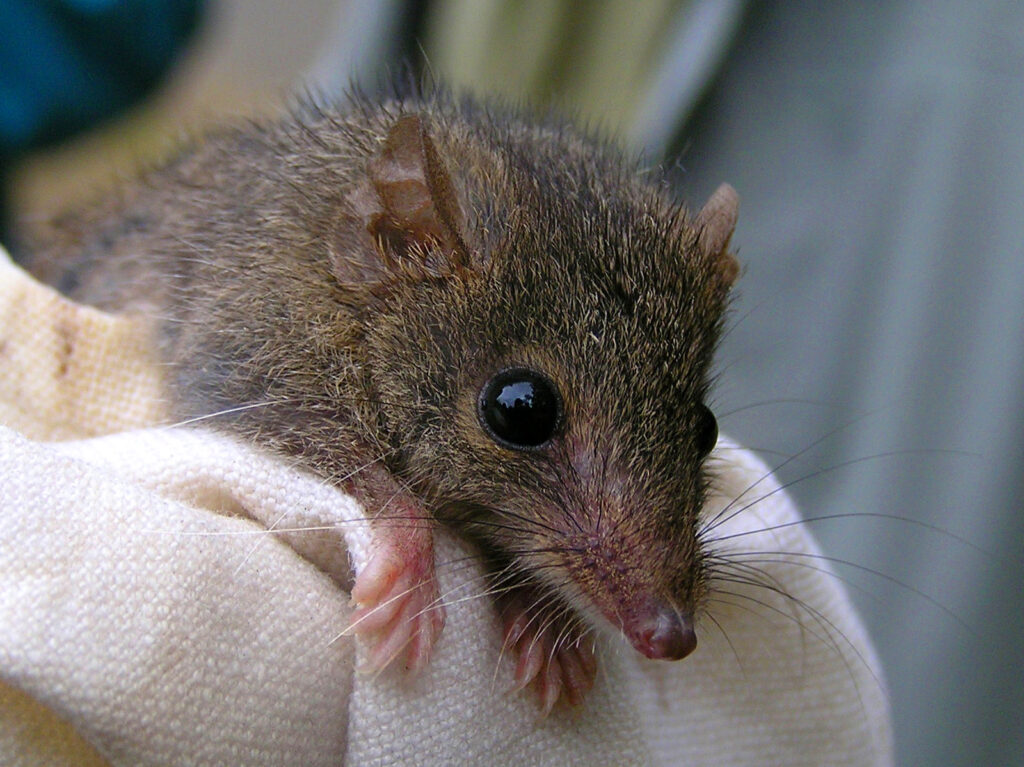
While not an insect but worth mentioning for its extreme mating behavior, the antechinus (a small marsupial mouse native to Australia) engages in such frenzied mating that it self-destructs. During a brief two-week mating season, males continuously mate with as many females as possible in sessions lasting up to 14 hours. This extreme reproductive marathon triggers a flood of stress hormones that suppress the immune system, causing the males’ bodies to break down as fur falls out, internal bleeding begins, and organs fail. Every single male dies after the mating season, leaving only females to raise the next generation. This programmed death ensures maximum energy investment in reproduction rather than survival, an extraordinary evolutionary strategy where males sacrifice themselves entirely for reproductive success.
Bowerbirds: Architectural Seduction
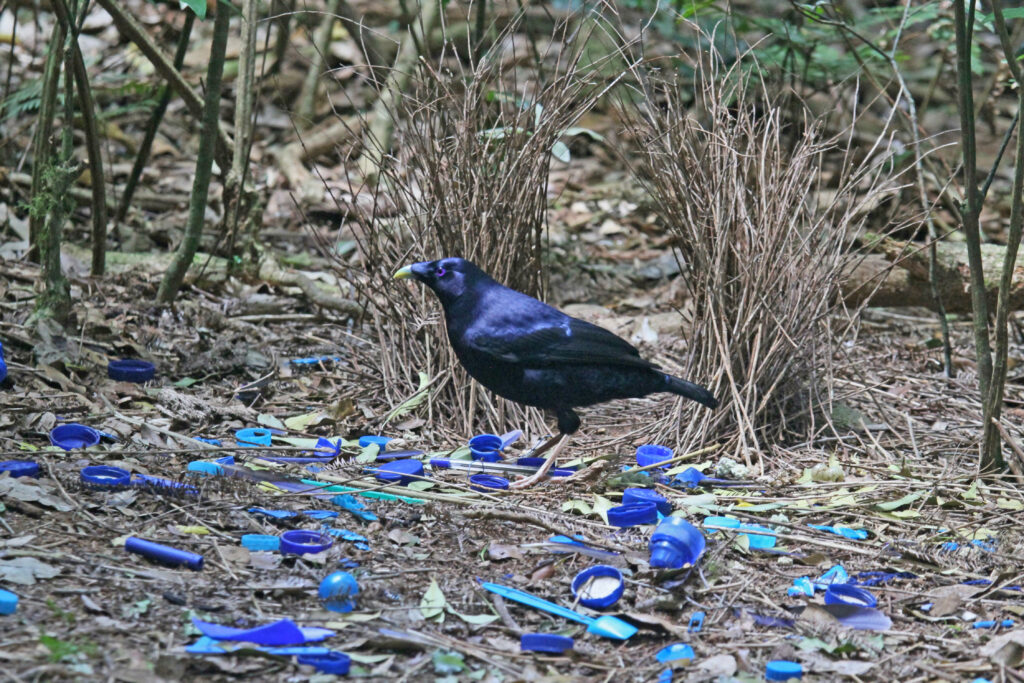
Bowerbirds, while not insects but birds native to Australia and New Guinea, demonstrate one of nature’s most elaborate courtship rituals through intricate architectural creations. Male bowerbirds construct complex structures called bowers—elaborate arrangements of sticks, colorful objects, and decorations—solely to attract females. These bowers can take weeks to build and are meticulously maintained, with males arranging collected items by color and constantly perfecting their design. Some species even create optical illusions within their bowers to make themselves appear larger when viewed by females. The quality of a male’s bower directly influences his mating success, as females carefully inspect these structures and choose mates based on the aesthetic appeal and construction skill demonstrated, essentially turning these birds into nature’s interior decorators.
Whip Spiders: Sensual Vibration Dances

Whip spiders (amblypygids) engage in an elaborate courtship ritual that resembles a delicate dance of vibration and touch. The male approaches the potentially cannibalistic female with extreme caution, using his specialized front legs—elongated sensory appendages that can be several times longer than his body—to gently tap and vibrate against the female in specific patterns. This vibrational “morse code” can last for several hours, gradually calming the female and signaling his intentions as a mate rather than prey. If the female accepts these advances, the male guides her over a spermatophore (sperm packet) he deposits on the ground, which she then collects into her reproductive system. The entire process involves no direct genital contact but requires precise choreography to avoid becoming the female’s next meal.
Hangingflies: Pay-to-Play Reproduction
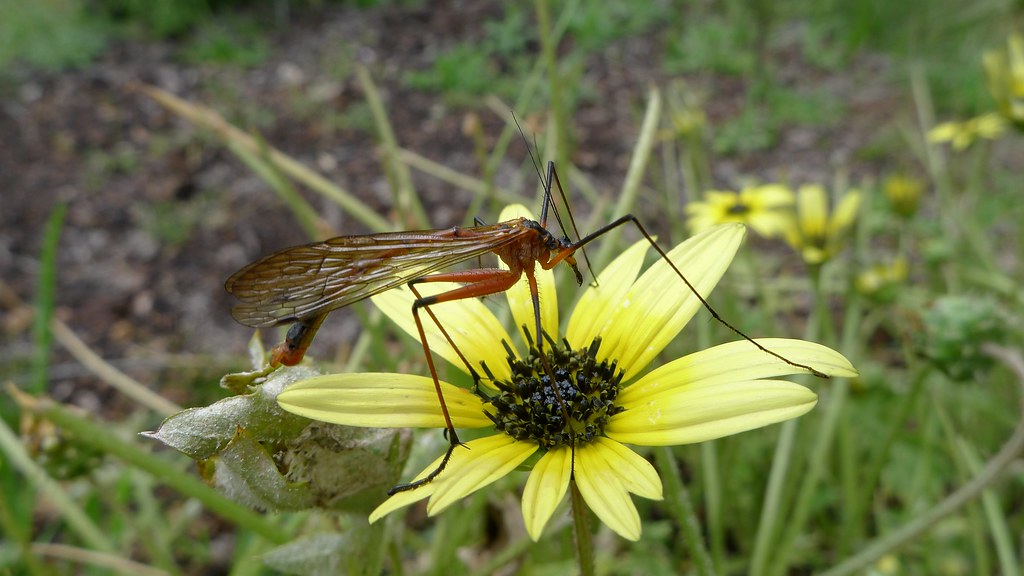
Hangingflies have evolved a surprisingly transactional approach to mating that operates on a strict “no gift, no sex” policy. The male captures prey—typically a small insect—and presents it to the female as a nuptial gift. While she feeds on this offering, the male mates with her, but here’s the fascinating part: the duration of copulation directly corresponds to the size of the gift. With a large, nutritious prey item, the male may mate long enough to transfer his full complement of sperm, but with a smaller gift, the female may terminate copulation prematurely before full sperm transfer occurs. Some males have developed deceptive tactics, such as presenting already-eaten prey or worthless items wrapped in silk, leading to an evolutionary arms race of gift assessment between the sexes.
Leopard Slugs: Aerial Acrobatics
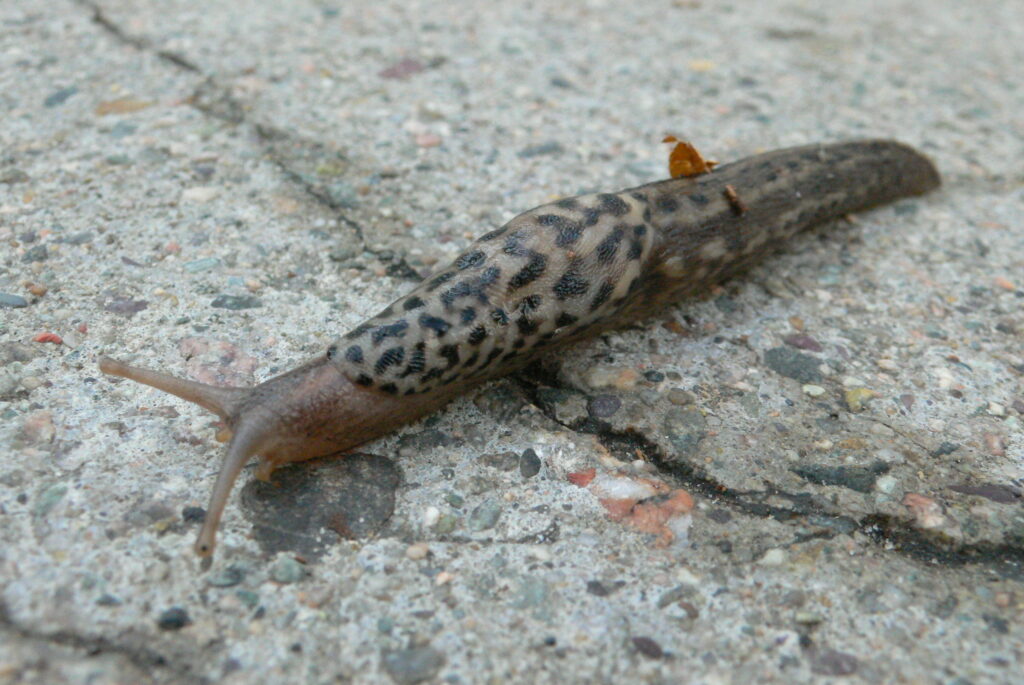
Leopard slugs engage in one of nature’s most beautiful and bizarre mating rituals, transforming their hermaphroditic reproduction into an aerial ballet of intertwined bodies. The mating pair climb to a high point, such as a tree branch, where they lower themselves on a thick rope of mucus and dangle in mid-air. Both slugs then extend their blue, iridescent penises from behind their heads, which entwine to form a flower-like structure as they exchange sperm simultaneously. These reproductive organs can be as long as their entire bodies, creating a spectacular luminescent display as they spiral around each other in the darkness. After this aerial exchange, both slugs retract their reproductive organs, climb back up their mucus rope (sometimes eating it to recycle proteins), and part ways, each now capable of producing fertilized eggs.
Diving Beetles: Suction-Cup Courtship
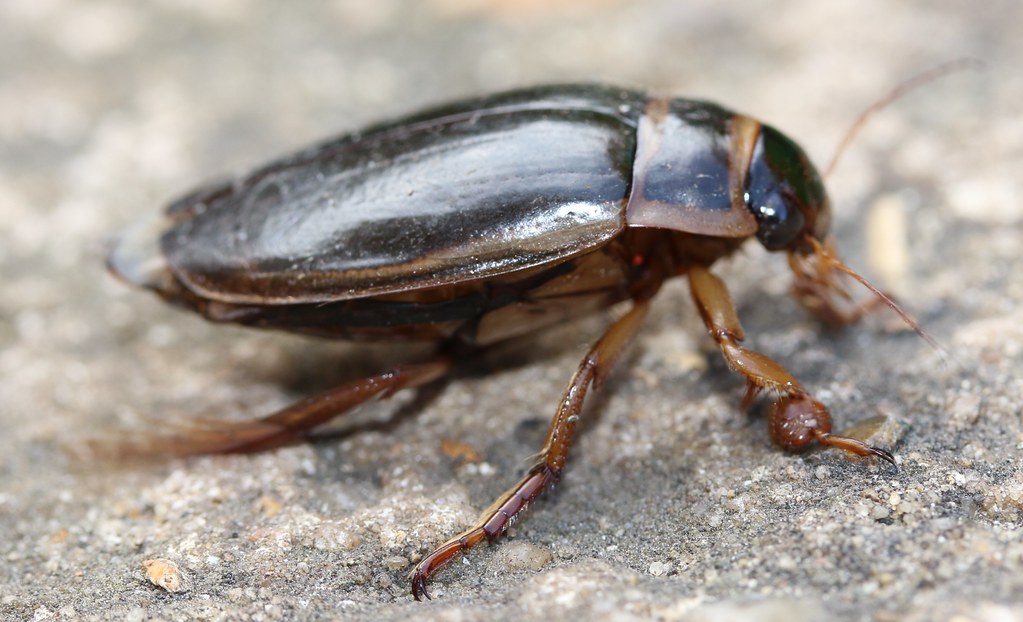
Male diving beetles have evolved specialized front legs featuring suction-cup-like structures specifically designed for gripping females during mating—a remarkable case of sexual adaptation. The female’s back has evolved a roughened, irregular surface that makes it difficult for males to maintain their grip during underwater mating attempts. This sexual conflict has led to an evolutionary arms race, with males developing increasingly effective adhesive systems while females counter with more challenging surfaces to test male fitness. In some species, females have two distinct forms—one with a smooth back that males can easily grip and another with a grooved back that’s more difficult to hold—creating a polymorphism driven entirely by sexual selection. This underwater struggle ensures that only the most physically fit males with the best adhesive adaptations successfully reproduce.
Sea Slugs: Reciprocal Hypodermic Insemination
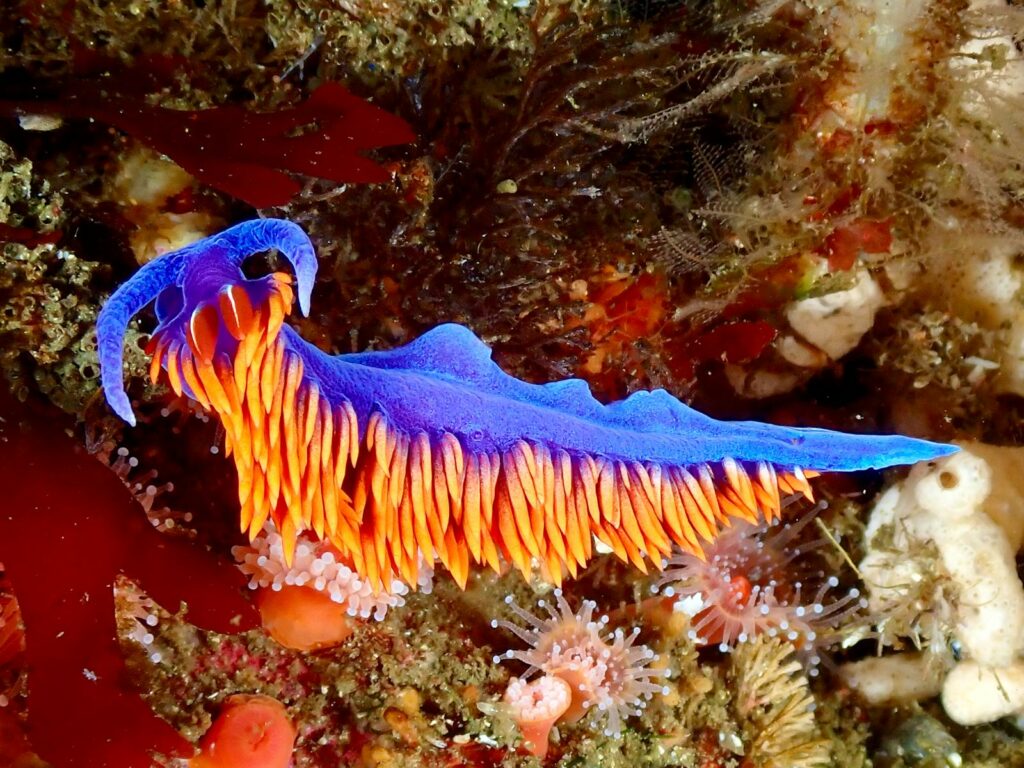
Sea slugs take hermaphroditic mating to extraordinary levels with a practice known as reciprocal hypodermic insemination. These marine creatures, each possessing both male and female reproductive organs, engage in a bizarre courtship where they stab each other with specialized dart-like penises and inject sperm directly through the body wall. Some species have evolved penises tipped with spines or hooks that inject sperm through any available part of their partner’s body cavity in what scientists call “traumatic insemination.” Despite the seemingly random nature of this process, the sperm cells navigate through the body to reach the reproductive system. Even more remarkably, certain sea slug species engage in “penis fencing” duels, where each tries to impregnate the other while avoiding being impregnated themselves, as the female role requires more energy investment in egg production.
Porcupines: Urine Showers and Screaming Contests

While not insects, porcupines deserve mention for their extraordinarily unusual courtship ritual that seems designed to overcome their prickly physical barriers to intimacy. When a female porcupine enters estrus, she signals her readiness by releasing a powerful scent and becoming vocal. The interested male responds by soaking the female with a high-pressure stream of urine from up to six feet away—an action that either excites or repels her depending on her receptivity. If she’s interested, the courtship advances to a bizarre “screaming contest” where both porcupines vocalize loudly while the male performs an elaborate dance on his hind legs. The final strange step involves the female flattening her quills and raising her tail to expose her non-spiny underside, allowing the male to approach safely for mating—a process requiring remarkable coordination to prevent injury from their 30,000 sharp quills.
Conclusion
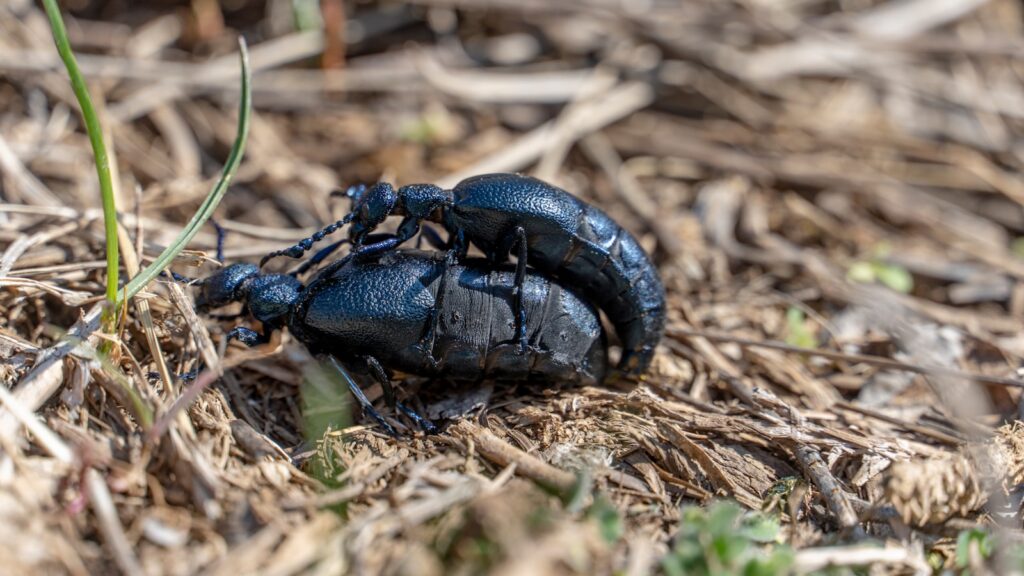
In the grand theater of evolution, insect mating rituals stand as testament to the extraordinary diversity of reproductive strategies that have emerged over millions of years. From the lethal sexual cannibalism of praying mantises to the synchronized light shows of fireflies, from brutal traumatic insemination to elaborate gift-giving deceptions, these behaviors reveal how powerful sexual selection can be in shaping not just physical traits but complex behaviors. What might seem bizarre or even disturbing to human observers represents finely-tuned adaptations that maximize reproductive success under specific ecological conditions. As we continue to study these fascinating mating systems, we gain deeper insights into evolutionary processes and the endless creativity of natural selection. The next time you encounter a humble insect, remember that it might be participating in one of nature’s most extraordinary and complex dramas—the quest to pass on its genes through some of the weirdest mating rituals on Earth.

